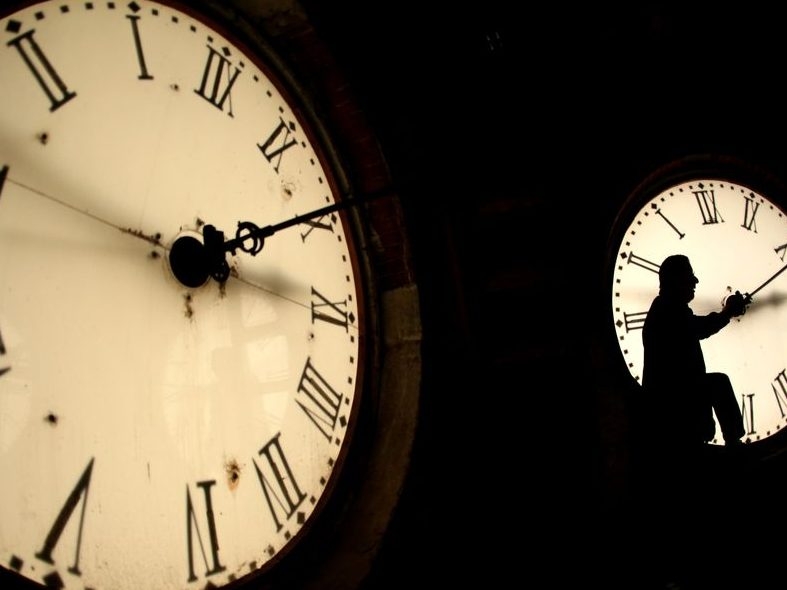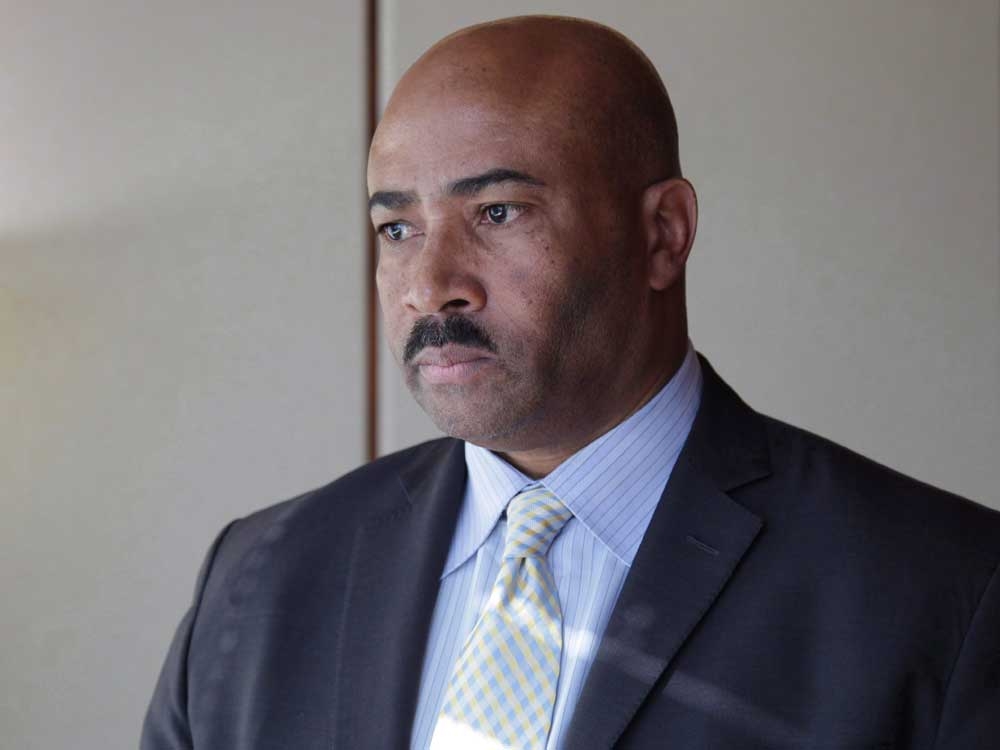The weekend is coming, and with it, a familiar dread for many Americans: the end of daylight saving time. It’s the promise of an extra hour of sleep, yes, but also a jarring return to darker evenings and a disruption to routines that feels…wrong.
A recent poll reveals just how widespread this discontent is. A mere 12% of adults actually favor the twice-yearly clock changes, while nearly half actively oppose them. The majority would prefer to simply choose a time and stick with it, favoring extended daylight into the evening hours.
For Pranava Jayanti, the biannual shift is a particularly unwelcome intrusion. Growing up in India, where clocks remain constant, he thought he was prepared for the change when he arrived in the U.S. for graduate school. He wasn’t. The sudden darkness descending in the late afternoon took him completely by surprise.

The practice itself dates back over a century, initially implemented during World War I and again during World War II as a means of conserving energy. While Congress later allowed states to opt out, a uniform approach within each state was mandated. Today, Arizona and Hawaii stand alone, resisting the seasonal time shifts.
The debate isn’t limited to the United States. Canada and Europe also participate, though often on slightly different schedules, creating brief periods of unusual time discrepancies. Yet, despite the global reach, the practice remains deeply unpopular with a significant portion of the population.
If given the choice, a clear majority – 56% – would opt for permanent daylight saving time, embracing longer evenings. This preference is especially strong among those who identify as “night people,” valuing the extended daylight for leisure and activities after work.
Vicky Robson, a retired nurse from Minnesota, embodies this sentiment. She doesn’t need morning light, she explains. Her life unfolds in the evenings, and she cherishes the opportunity to walk and enjoy the outdoors when it’s still bright. Permanent daylight saving would simply align with her natural rhythm.
However, the science isn’t conclusive. While there’s no definitive proof that one time is universally better, emerging research from Stanford University suggests that a consistent time, particularly standard time, may be more beneficial for human health and our internal clocks.
The core issue, according to researchers, isn’t simply about light exposure, but about aligning our schedules with our natural circadian rhythms. Yet, the decision isn’t purely scientific; it’s deeply personal, driven by individual preferences and lifestyles.
America attempted permanent daylight saving time once before, in the mid-1970s, but the experiment was short-lived due to widespread dissatisfaction. The current system, despite its drawbacks, represents a compromise – a desire for both early morning sunlight in winter and late evening light in summer.
Ultimately, the twice-yearly clock change has become ingrained in our culture, a peculiar ritual we endure for the sake of balancing competing desires. It’s a system born of war, confusion, and a persistent human longing for more sunlight.





